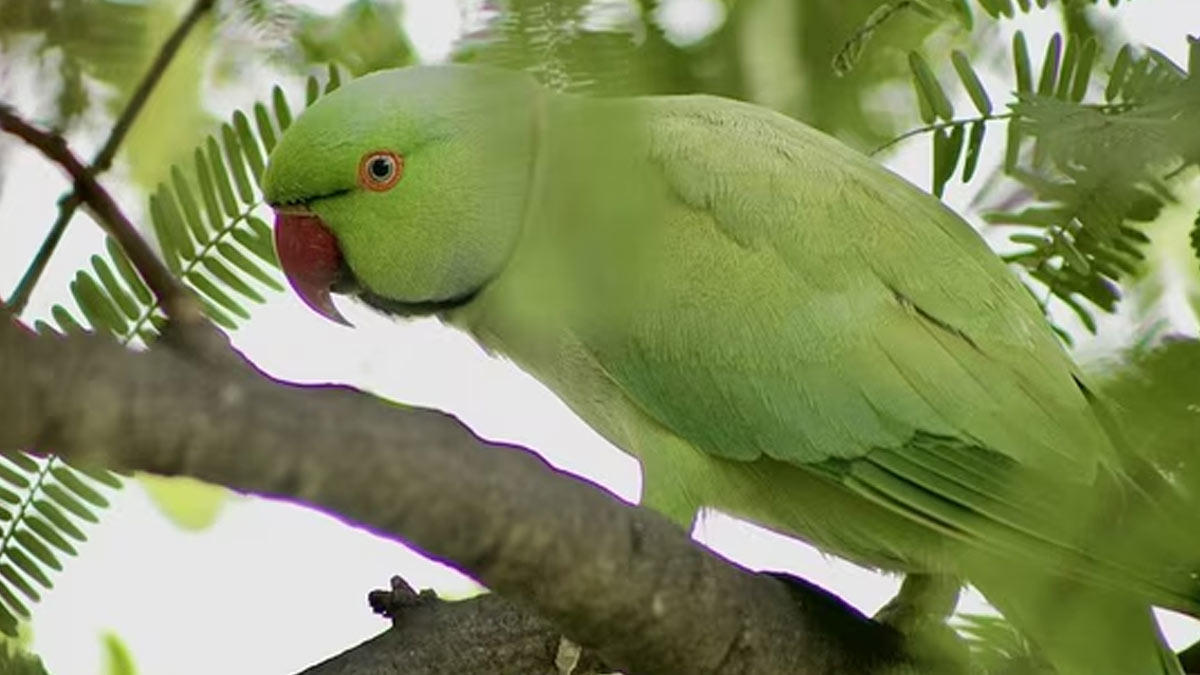
In recent weeks, Europe has been rattled by a concerning surge in respiratory infections, tragically claiming the lives of five individuals. This alarming outbreak, identified as parrot fever, has sparked widespread concern and prompted urgent action from global health authorities, including the World Health Organization (WHO). With nearly 90 reported cases spanning several countries, it's imperative to delve into the depths of this infectious disease to grasp its nuances, causes, symptoms, and most importantly, preventive measures.
Table of Content:-
Understanding Parrot Fever: A Rare Yet Dangerous Infection

As per Dr Sumeet Nigam, General Physician from Sahara Hospital, Lucknow, parrot fever, scientifically termed psittacosis, stands as a rare but potent infection caused by the bacterium Chlamydia psittaci. Unlike its innocuous-sounding name, this illness poses a significant threat to both avian and human populations, primarily transmitted from infected birds to humans. However, its insidious nature lies in the fact that its symptoms often mimic those of more common ailments, complicating its diagnosis and treatment.
Transmission Dynamics: How Parrot Fever Spreads
The transmission of parrot fever occurs through direct contact with infected birds or the inhalation of microscopic particles from their bodily excretions. While parrots are commonly associated with this infection, other avian species such as chickens, pigeons, and ducks can serve as carriers, perpetuating its spread across bird populations and posing a risk to human health.
Also Read: Nearly-Naked John Cena Wins The Internet At The Oscars 2024; Here’s The Secret Behind His Fitness
Symptoms and Manifestations: Deciphering Parrot Fever
Recognizing the symptoms of parrot fever is paramount in its early detection and containment. Typically resembling flu-like symptoms or even pneumonia, affected individuals may experience fever, chills, muscle pain, and weakness. In severe cases, complications such as pneumonia and inflammation of internal organs may arise, underscoring the potential gravity of this infection and the need for swift medical intervention.
Also Read: Actor Babil Khan Opens Up About His Abandonment Issues; Here’s How To Identify And Manage Them
Diagnosis and Treatment: Navigating the Path to Recovery
Diagnosing parrot fever presents a formidable challenge owing to its rarity and symptom overlap with other illnesses. However, healthcare professionals may employ blood and sputum cultures to pinpoint the causative bacteria, facilitating targeted antibiotic therapy. Drugs such as tetracycline or doxycycline are commonly prescribed, with favourable recovery rates observed in most cases, albeit potentially prolonged in certain demographics.
Preventive Measures: Safeguarding Against Parrot Fever
Prevention lies at the forefront of mitigating the spread of parrot fever. Simple yet effective measures, such as avoiding contact with sick or deceased birds and maintaining stringent hygiene practices when caring for pet birds, can significantly reduce the risk of transmission. Regular cleaning of bird cages, coupled with vigilant monitoring for signs of illness in avian companions, forms the cornerstone of proactive disease prevention efforts.
Bottomline: A Call to Vigilance and Action
As Europe grapples with the ramifications of the parrot fever outbreak, it underscores the critical importance of vigilance, education, and proactive measures in combating infectious diseases. By fostering a deeper understanding of parrot fever, its transmission dynamics, and preventive strategies, we can collectively stem its tide, safeguarding both human and avian health in the process. Through collaborative efforts and unwavering commitment to public health, we can navigate these turbulent times and emerge stronger, more resilient, and better equipped to confront future challenges on the global health horizon.
Also watch this video
How we keep this article up to date:
We work with experts and keep a close eye on the latest in health and wellness. Whenever there is a new research or helpful information, we update our articles with accurate and useful advice.
Current Version
